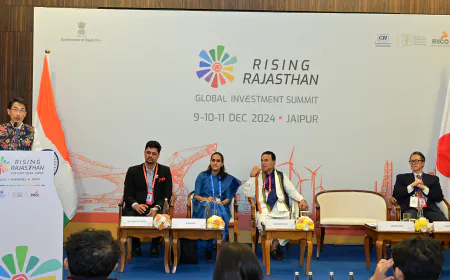Rajasthan: Camel population has declined by about 40% in the last two decades, cattle keepers are now turning their backs
Rajasthan: The government's efforts to save camels in Rajasthan are not working. Actually, the number of camels in Rajasthan is continuously decreasing. The Rajasthan government also gave them the status of state animal in the year 2014 and to make people aware and for camel rearing, a help of ten thousand rupees in three installments was started to be given to the cattle keepers.
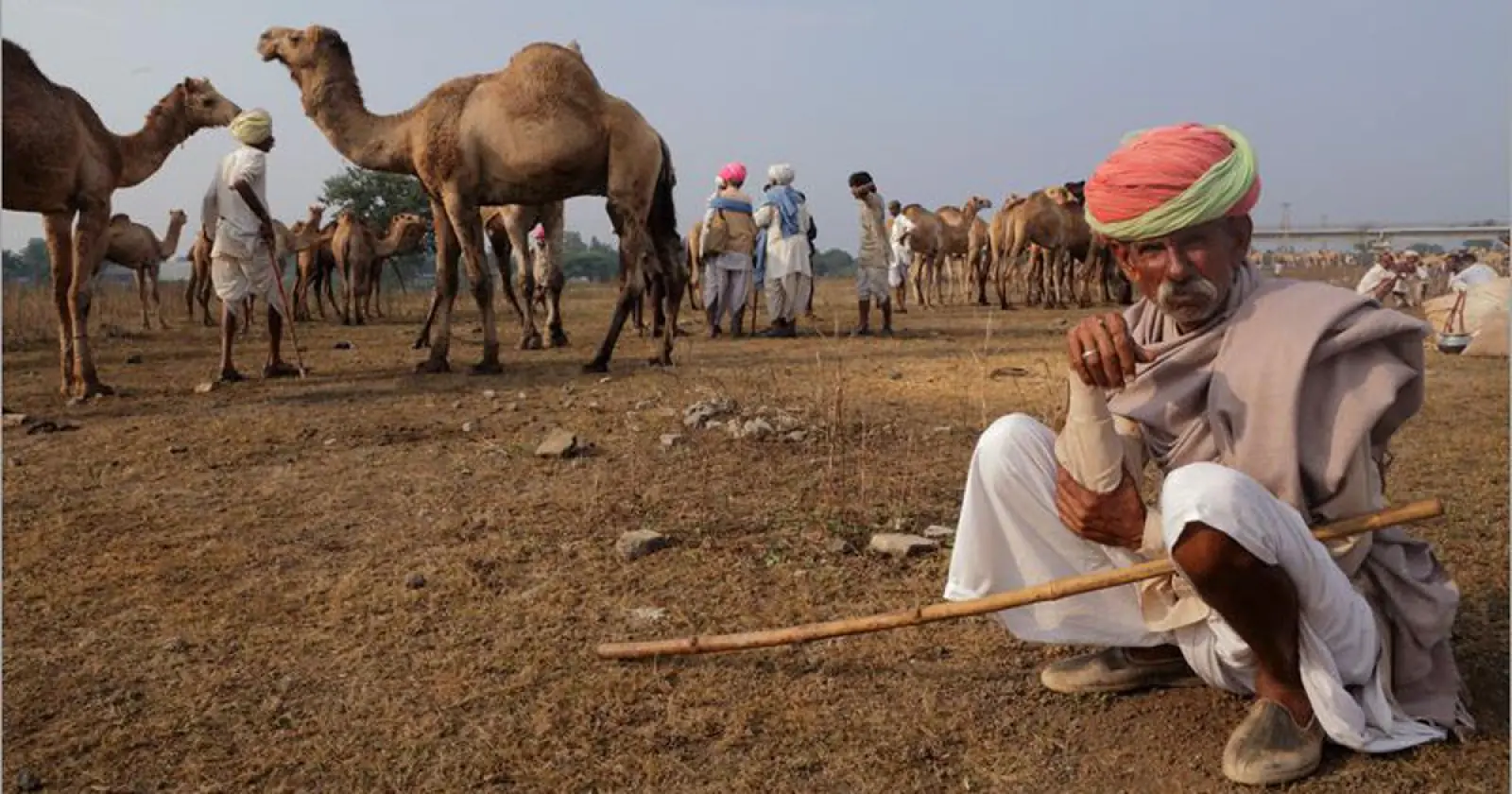
The number of camels, famous as the ship of the desert, is continuously decreasing. In view of the decreasing number of camels, the Rajasthan government had also given them the status of state animal in the year 2014. Also, the camel was included in the logo of Rajasthan Tourism Development Corporation. But there has been no reduction in their continuously decreasing number.
Camels have been a part of the folk culture of Rajasthan. But for the last few decades, this ship of the desert has become extinct. The utility of camels has started decreasing. Due to the decreasing utility, cattle farmers have started turning away from camels. In the last two decades, the number of camels has decreased by about 40 percent. A camel, which has the capacity to drink 150 liters of water at a time, can live without water for a week. It is capable of running at a speed of 65 km per hour. On the India-Pakistan border adjoining Rajasthan, BSF soldiers sit on camels and guard the border.
The number of camels in the state has come down from 3.26 lakh to about 1.75 lakh. However, the number of animals in the state has decreased in the last decade. But the number of camels has declined rapidly. In the livestock census conducted in the state in the year 2012, the number of camels was close to 3.26 lakh. In the livestock census conducted before this, this number was about five lakh. In the census of the year 2019, this number came down to two lakh 13 thousand.
According to the information received from the Animal Husbandry Department of the state, about 30 thousand camels decreased in the last four years. In such a situation, now the number of camels has come down to about two and a quarter lakhs.
Officials and animal husbandry professionals claim that the number of camels in the country is steadily declining. The total number of camels in the country was four lakhs in 2012, but this figure has dropped to around two and a half lakhs by 2019. Rajasthan had the highest number of camels. This figure is now estimated to be slightly higher than two lakhs. The number of camels has been steadily declining during the past two decades. There have been no increases in any of the years. Gujarat has around 20,000 camels, Haryana has about 4,000, and Uttar Pradesh has roughly 1500 camels.
Instead of camels, residents now use modern agricultural technology and vehicles for transportation. Their utility has also decreased in the field of tourism. They are used for camel safari in Jaisalmer and Pushkar.
Agriculture and animal husbandry experts say that without profit, cattle keepers are not ready to raise them. In such a situation, they are leaving the camels open. Camels are being taken to slaughterhouses. Till a few decades ago, camels were very useful for carrying goods and riding in the desert, but since the network of roads was laid in the desert and development took place, their utility decreased.
The Rajasthan government had tried to promote their breeding by starting the Camel Development Scheme in the year 2016. Under this scheme, cattle keepers were given the assistance of ten thousand rupees in three installments for the rearing of tordis (camel babies) when the camel gives birth. A budget of ten crores was fixed for implementing the Camel Conservation and Development Policy in the year 2022. Animal keepers were given assistance of ten thousand in two installments. Camel Research Center was established. Camel Rescue Center was also established in Sirohi.
Animal Husbandry Minister, Joraram Kumawat said that the state government is making efforts to conserve camels. The cooperation of cattle rearers is also being taken in this. Camel milk is very useful.
For Latest News update Subscribe to Sangri Today's Broadcast channels on Google News | Telegram | WhatsApp



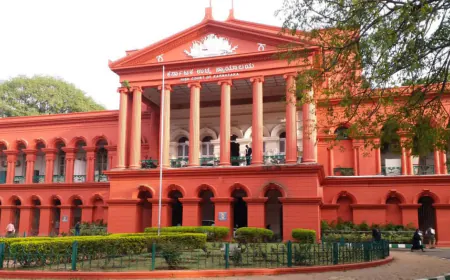





















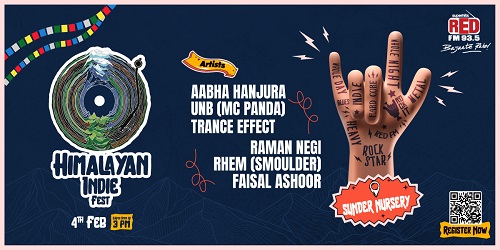








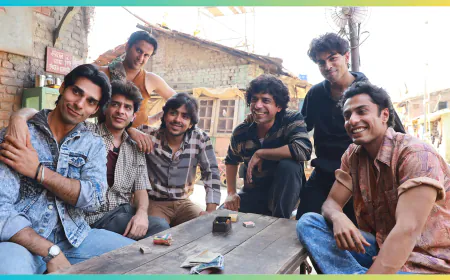


.jpeg)
























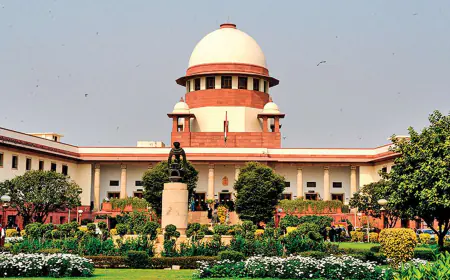
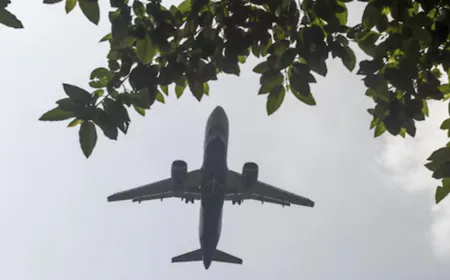

















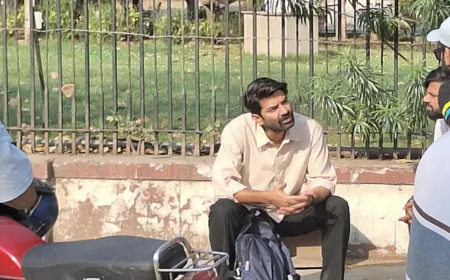










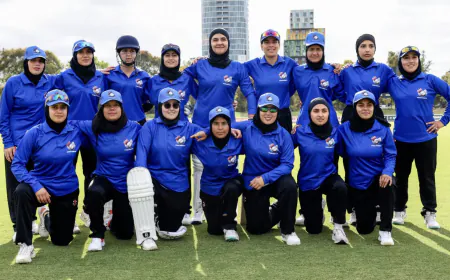



















.jpeg)



